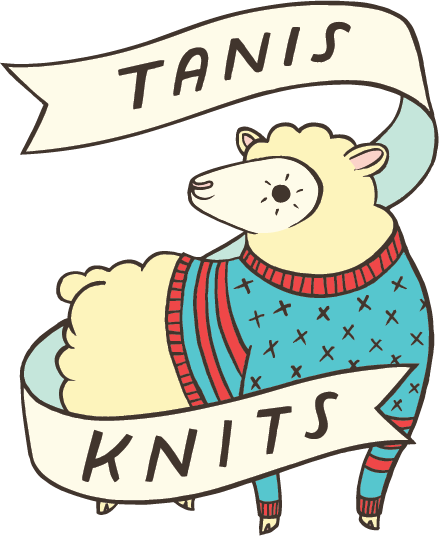CORRECTION 1/5/2016: This is an exhibit from last year, but still worth reading about! :) ----------------------
If you find yourself in the NYC area, check this out! The original article ran in the Wall Street Journal here.
Brooklyn Botanic Garden Exhibition Is Knitted With Scientific Accuracy
"Knit, Purl, Sow" Features Knitted Floral- and Plant-Inspired Works

In one of the Brooklyn Botanic Garden's conservatories, flowers that have more in common with cable-knit sweaters than the surrounding flora have been on display for the last few months.
The exhibition, "Knit, Purl, Sow," features knitted floral- and plant-inspired works by the artists Tatyana Yanishevsky, Ruth Marshall and Santiago Venegas, on view in the Steinhardt Conservation Gallery through Jan. 22.
Two years in the making, it contains 21 works, including 19 by Ms. Yanishevsky, an artist who studied biology at Brown University. Before picking up her knitting needles, the Rhode Island-based artist, who taught herself how to knit, dissected flowers and studied their anatomy in textbooks and greenhouses.
"It was a knitting challenge to create those forms, to have them be three-dimensional and puffed out where they needed to be," recalls Ms. Yanishevsky.
Her work sparked the idea for the exhibition when the garden's director of science, Susan Pell, noticed it online and admired its scientific accuracy.
"We were impressed with the way a lot of her pieces show all the parts of the flower or plant, the roots," said Sonal Bhatt, the garden's vice president of education and interpretation, who approached other artists whose work she felt was complementary. The show opened in October.
"We want the public to appreciate nature another way," Ms. Bhatt said. "I really like the idea of 3-D art and kept looking for the right fall to do it, because knitting doesn't fit into any other season."
The large-scale, three-dimensional pieces line the wall of one room and hang from a central atrium under four skylights. Other fluid forms and long pieces dangle from the ceiling.

The atrium's natural light shows off the execution of pieces like Ms. Yanishevsky's 3-foot-high "Anatomically Correct Passionflower," whose three-pronged stamen gives it the googly-eyed look of a friendly Pixar alien. She uses six textures to differentiate the organs, from a stockinette stitch for the corona to mohair-and-wool lace for the petals.
Many of the works are for sale, including three multi-piece exhibits, ranging from $25 for the smallest pieces to $15,000 for Ms. Marshall's "Lotus."
Ms. Marshall, an Australian based in New York, previously worked for the Wildlife Conservation Society and is known for her knit "pelts" of endangered cats. Ms. Bhatt, a former colleague, contacted her even though she typically makes animals, not plants. Ms. Marshall eventually settled on the lotus as her contribution, creating its vibrant pink flowers, circular leaves, seed pods and interconnected rhizomes and roots.
"I thought the roots were really interesting with their holes and how people harvest and eat them," says Ms. Marshall. "So the project became about including the whole plant. It was three months of solid work."
She said the show has given her new inspiration. "I'm still completely dedicated to depicting endangered animals, but a lot live amongst jungle foliage. I could see mixing the animal pelts with other 3-D elements."
Even accomplished home knitters will be impressed by the pieces' craftsmanship. The hanging "Tiger Lily" is 5 feet in diameter with six mottled yellow petals that curl all the way back in full bloom and have a cable-knit stitch down their length.
"When I'm doing anatomical pieces, I look to the plant for reference, and lilies have parallel lines on their petals," Ms. Yanishevsky said.
She used cables to create the channels and wove in varying shades of yellow. The big bobbles that represent the lily's characteristic black spots are a favorite of hers.
"They are fixed spheres made from yarn," Ms. Yanishevsky said. "It's something of a treat for me to make."
Ms. Yanishevsky also took pleasure in making two versions of a swamp pink, a native flower that is a threatened species and that the garden recently installed in its newly expanded Native Flora Garden, with roots made of polyester resin and different materials and stitching for each model. In a bit of serendipity, one of them was placed under the room's heating vents, and the forced air moves the leaves like they are swaying in the breeze.
